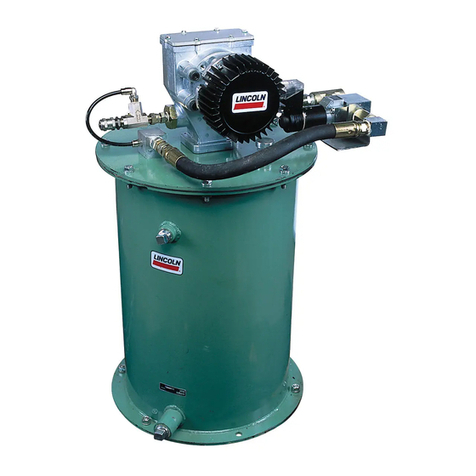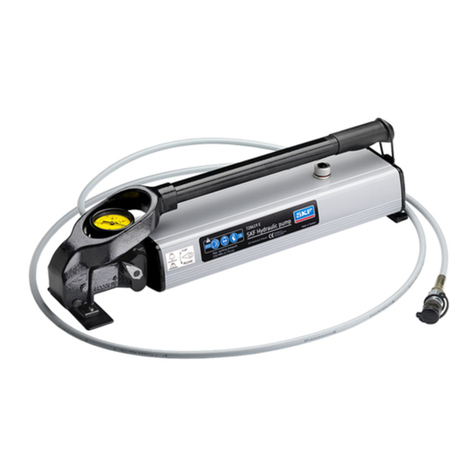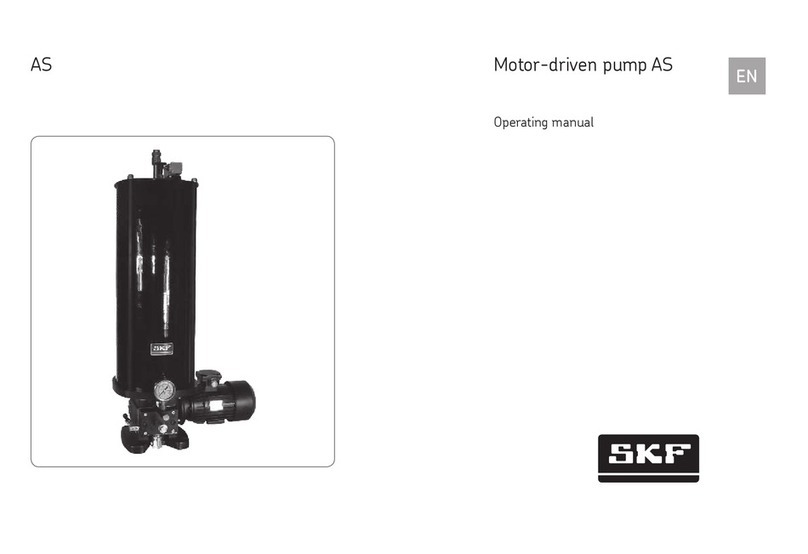SKF FF Series User manual
Other SKF Water Pump manuals
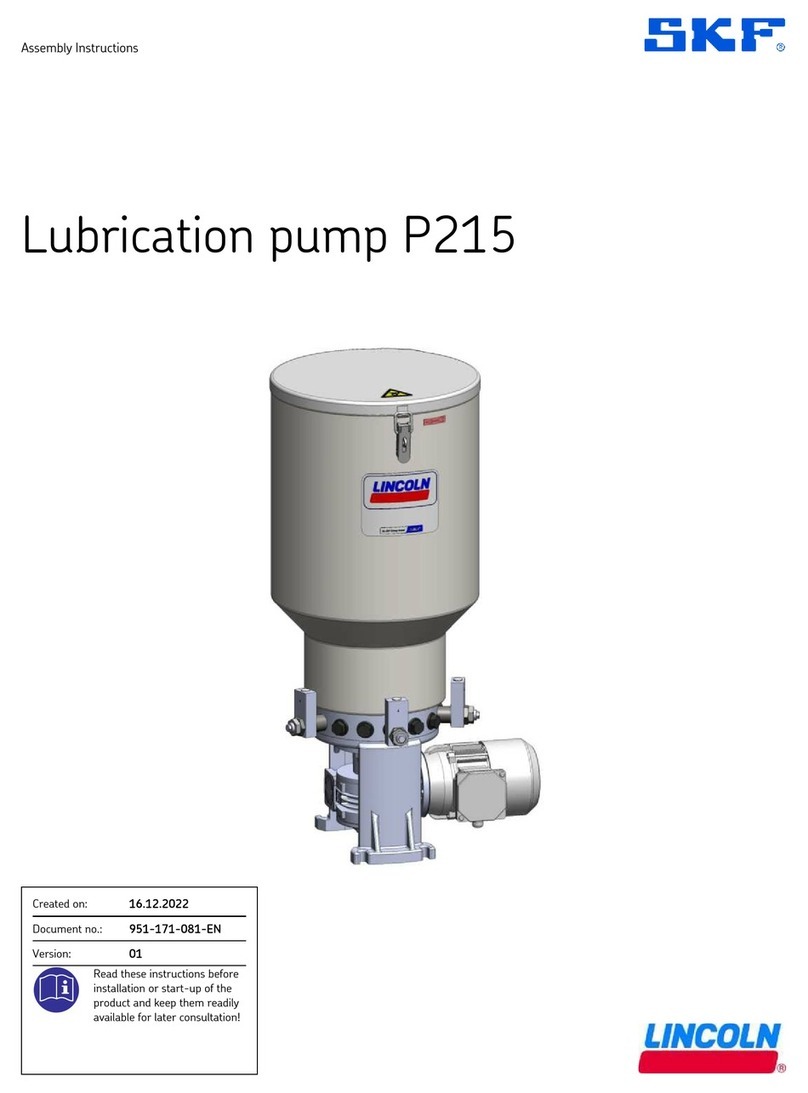
SKF
SKF Lincoln P 215 Series User manual
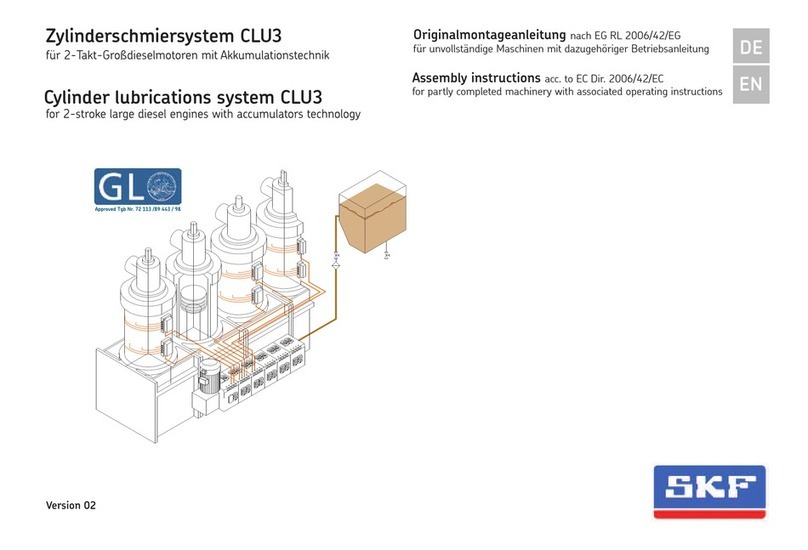
SKF
SKF CLU3 User manual
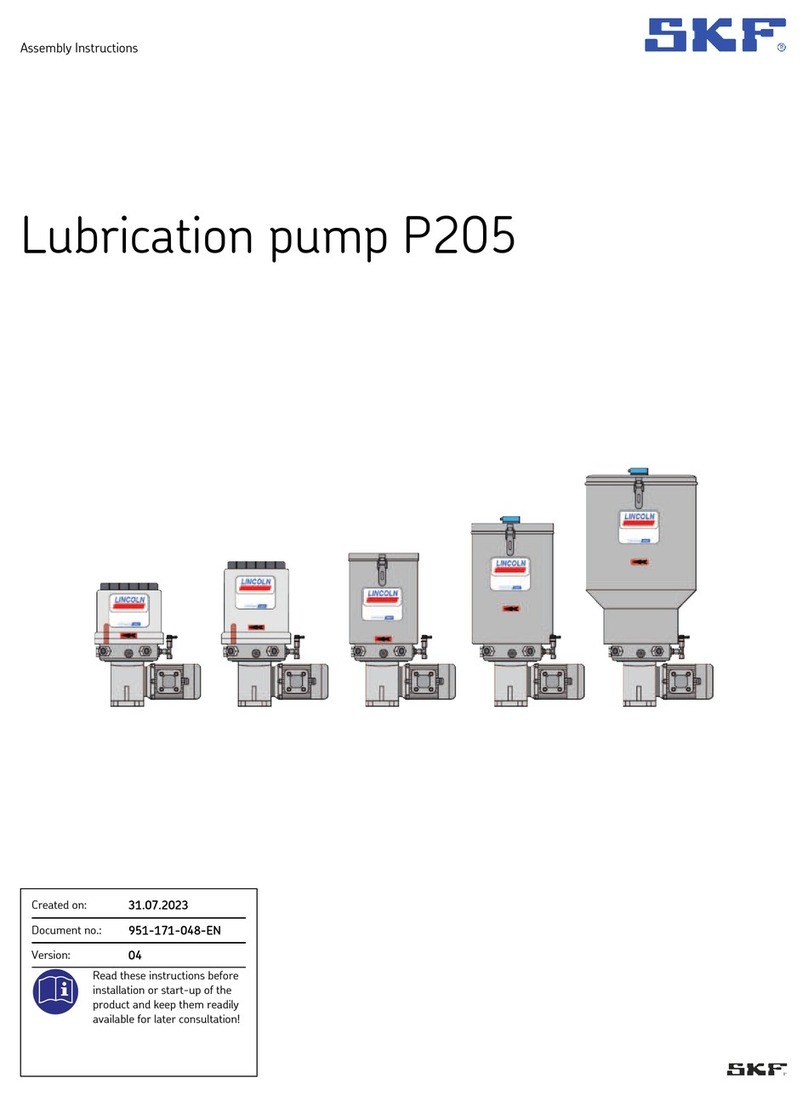
SKF
SKF Lincoln P205 User manual
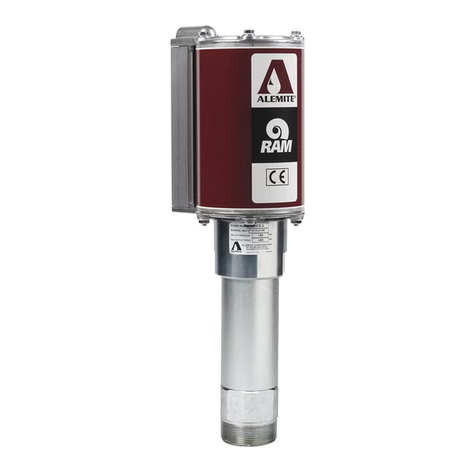
SKF
SKF ALEMITE 9918 User manual
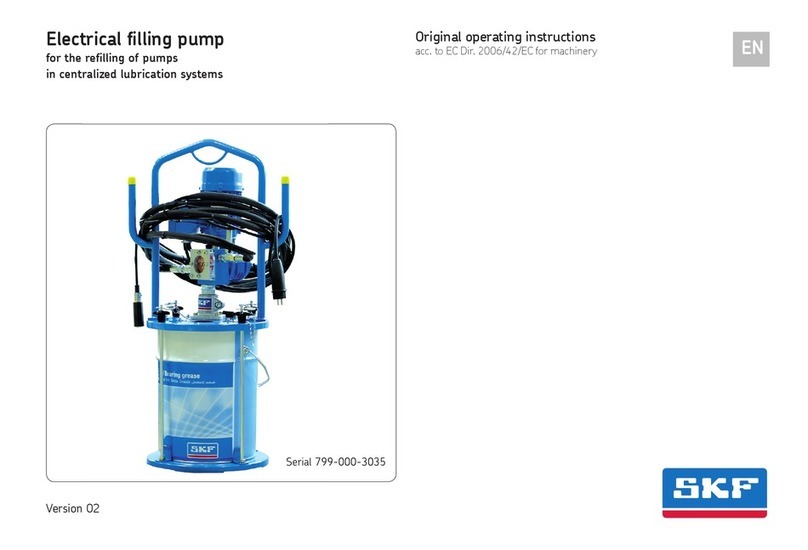
SKF
SKF 799-000-3035 Series User manual
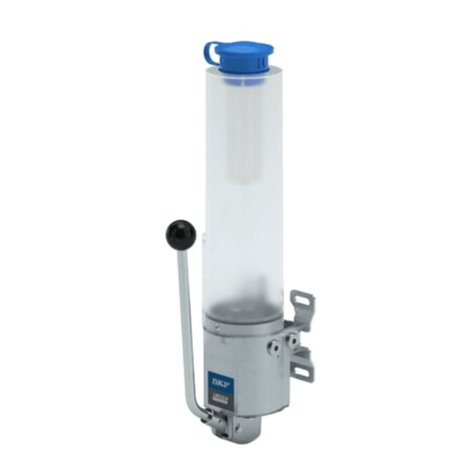
SKF
SKF LINCOLN ACP Series User manual
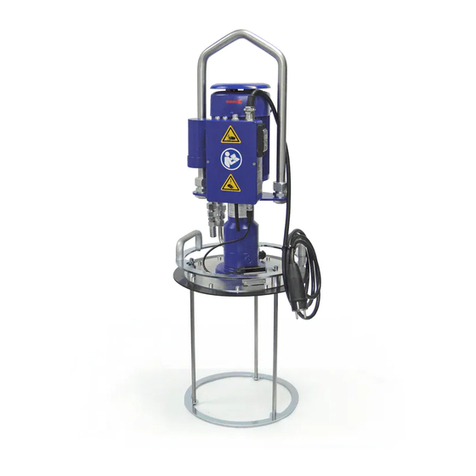
SKF
SKF Lincoln GTP-C User manual
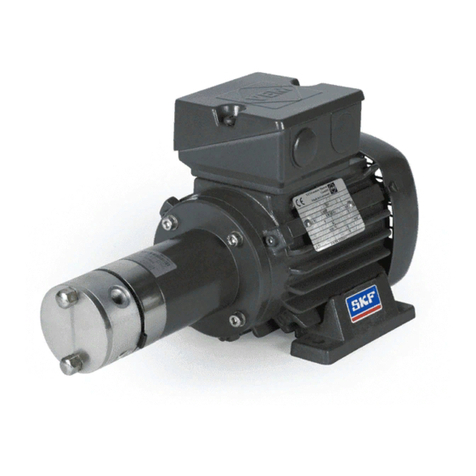
SKF
SKF ATEX RA Series User manual

SKF
SKF PTL User manual
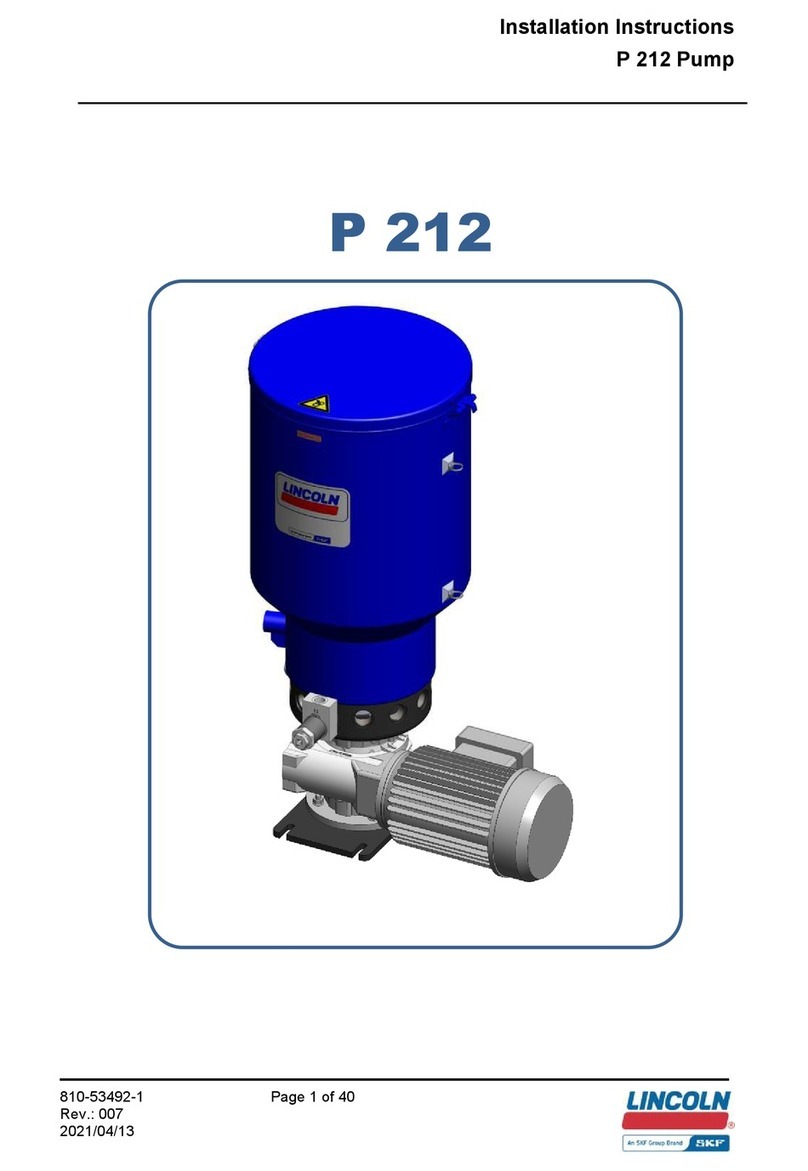
SKF
SKF LINCOLN P 212 User manual

SKF
SKF Spandau Pumpen PSR Series User manual
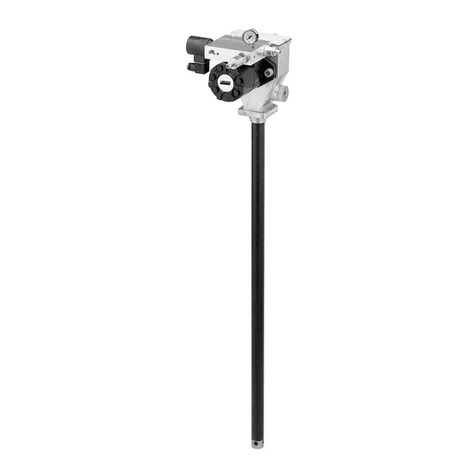
SKF
SKF LINCOLN FlowMaster II A Series User manual
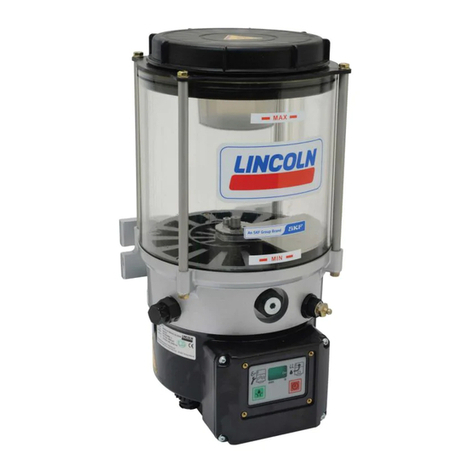
SKF
SKF Lincoln P653S Instruction Manual

SKF
SKF THAP 030E User manual
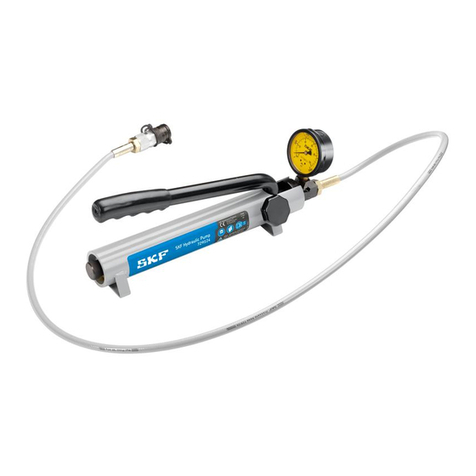
SKF
SKF SKF 729124 User manual

SKF
SKF Lincoln FlowMaster II Instruction Manual
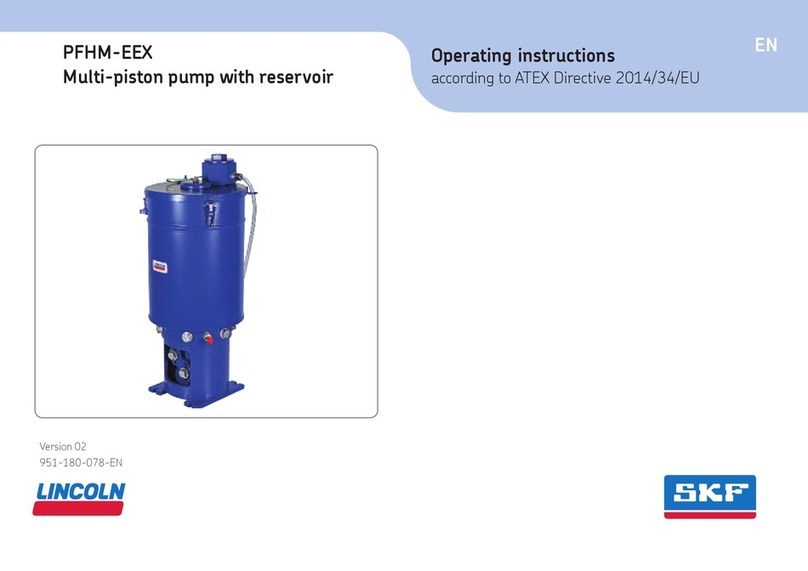
SKF
SKF Lincoln PFHM-EEX User manual
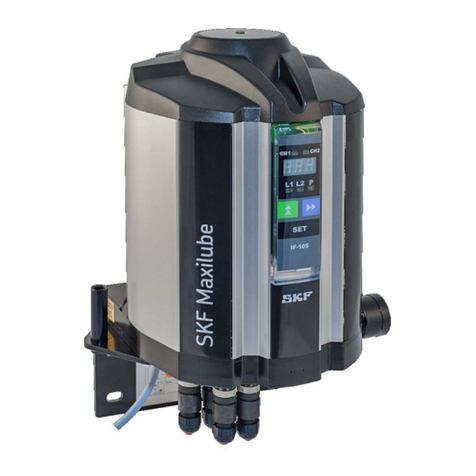
SKF
SKF MAX-1-2-230-IF105-R-V2 Manual
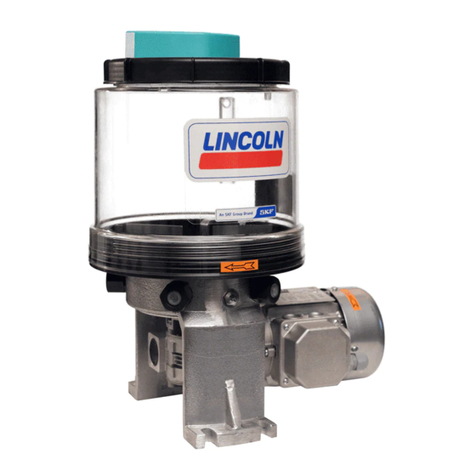
SKF
SKF Lincoln P205-M075 2K7-000 EEX Series User manual

SKF
SKF LINCOLN FlowMaster II A Series User manual
Popular Water Pump manuals by other brands

Watershed Innovations
Watershed Innovations HYDRAPUMP SMART FLEX Instructional manual

Graco
Graco Modu-Flo AL-5M instructions

Messner
Messner MultiSystem MPF 3000 operating instructions

Xylem
Xylem Bell & Gossett WEHT0311M Installation, operation and maintenance instructions

WilTec
WilTec 50739 Operation manual

Franklin Electric
Franklin Electric Little Giant 555702 HRK-360S instruction sheet

Ingersoll-Rand
Ingersoll-Rand PD02P Series Operator's manual

VS
VS ZJ Series Operating instruction

Flotec
Flotec FPZS50RP owner's manual

Xylem
Xylem Lowara LSB Series Installation, operation and maintenance instructions

Water
Water Duro Pumps DCJ500 Operating & installation instructions

Action
Action P490 Operating instructions & parts manual

Flo King
Flo King Permacore Reusable Carbon Bag Disassembly. & Cleaning Instructions

ARO
ARO ARO PD15P-X Operator's manual

Pumptec
Pumptec 112V Series Operating instructions and parts manual

Virax
Virax 262070 user manual

Neptun
Neptun NPHW 5500 operating instructions

Sensidyne
Sensidyne Gilian BDX-II Operation & service manual
